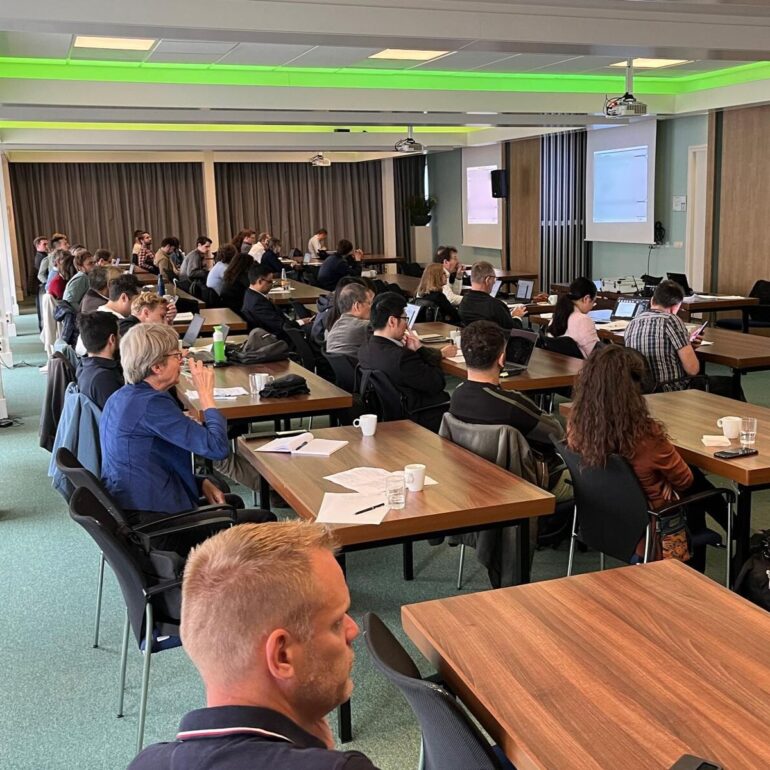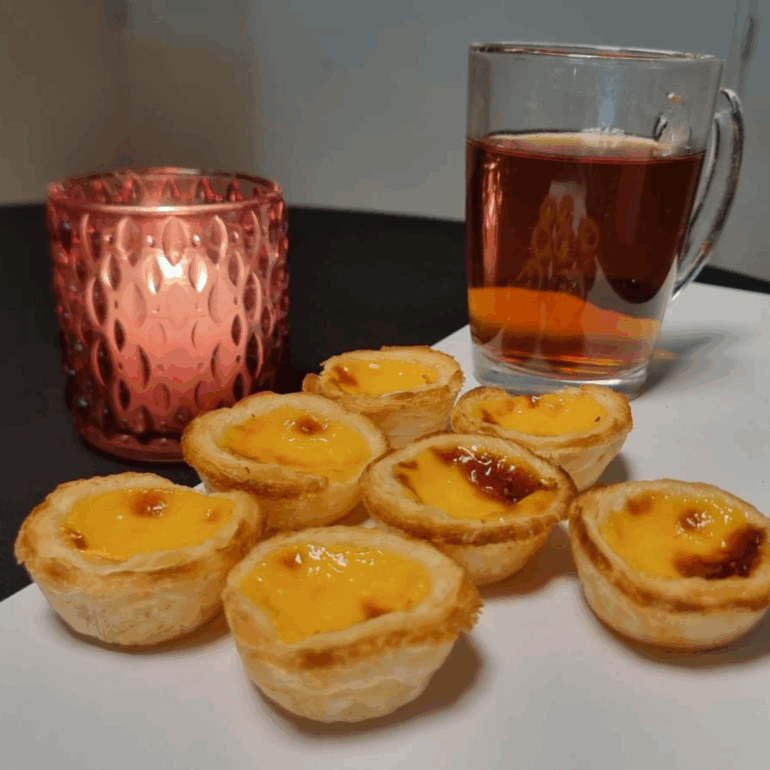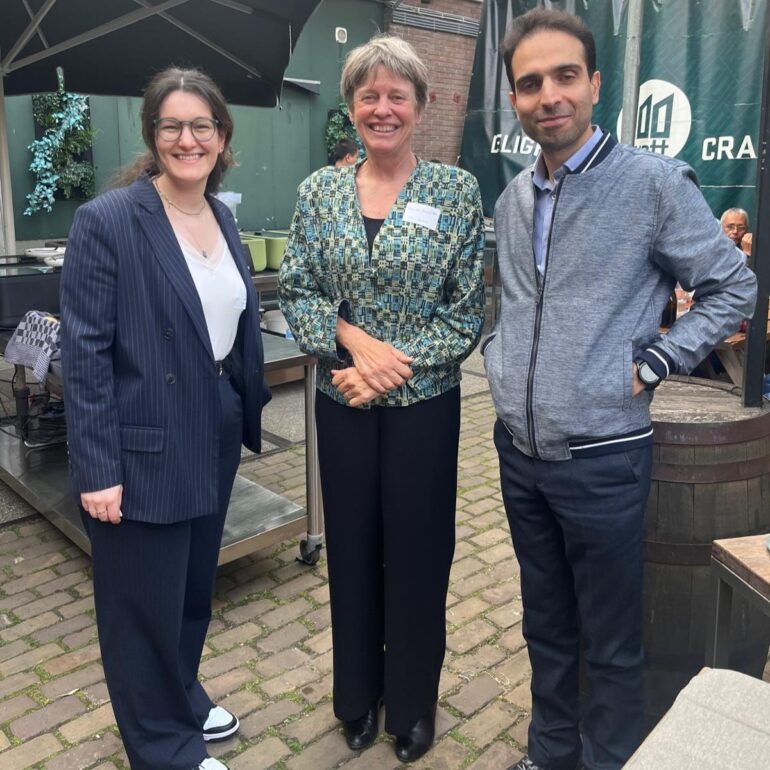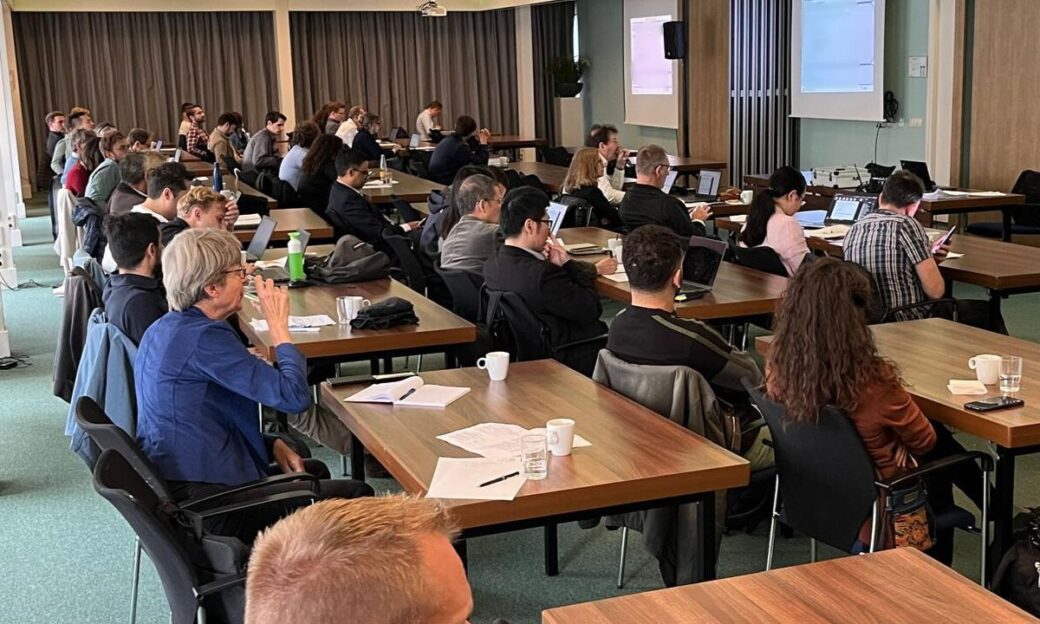From 3 to 5 June, the DPI community came together for the Spring Meeting 2025, the first edition under our renewed way of working. With a sharper focus on our three fundamental research programmes, this edition marked an important milestone in DPI’s evolution.
Held in Eindhoven and online, the Spring Meeting brought together academic and industrial partners to reflect, align and co-develop the direction of polymer innovation. With over 30 ongoing and new projects under review, discussions spanned circular composite technologies, battery materials and advanced catalysis.
Scientific Advisor Prof. Dr. Costantino Creton described the event as “a good first meeting in the new way of working,” highlighting the successful integration of diverse topics and the significant overlap in interest across the community. “It offered value for everyone – a true win-win.”
Prof. Dr. Bernard Rieger, also Scientific Advisor to DPI, added: “Students are profiting from this too – broadening their focus and being exposed to a wider range of challenges.”
Highlights from across the programmes
The reviewed projects covered key challenges in areas such as:
- Smart recycling technologies
- Polymer design for circularity and durability
- Battery and energy-related materials
- Advanced tools for catalysis, modelling and diagnostics
Several new projects were officially launched, while others reached key milestones or delivered final results. Across all sessions, the atmosphere was open, engaged, and focused on making the science matter.





A shared effort
The DPI Spring Meeting is an exclusive event for DPI participants, and a moment to collectively steer our direction. It reflects the strength of our pre-competitive model: trusted collaboration, strong academic foundations, and industrial relevance.
We thank all participants, speakers and contributors for their input and energy, and look forward to continuing this work together.
Want to learn more about DPI’s way of working? Explore it here
